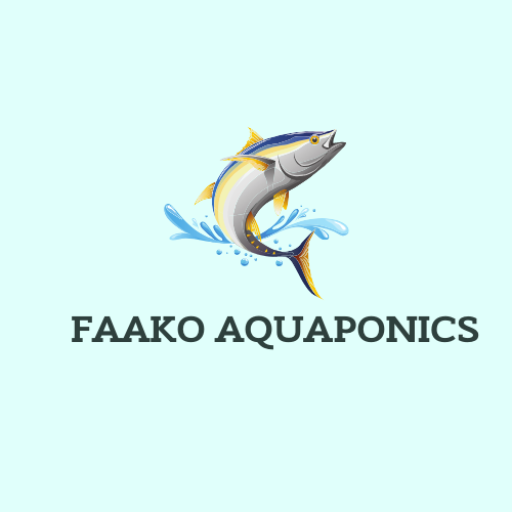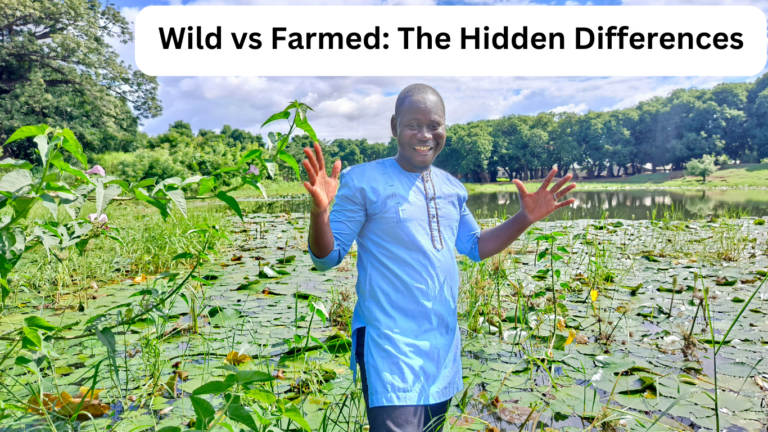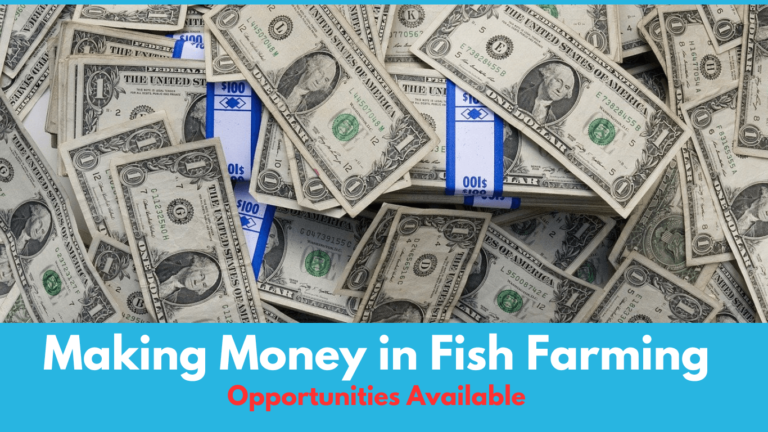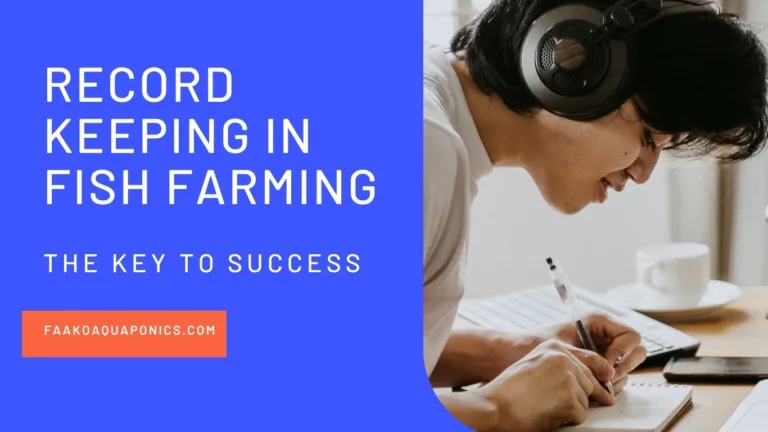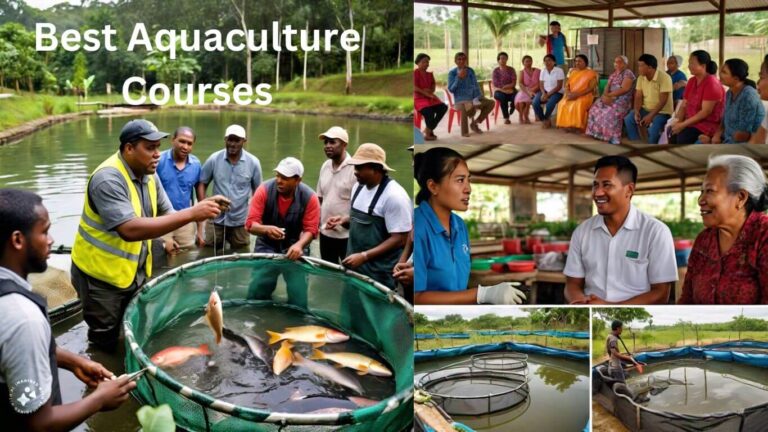Wild fish vs farmed fish brings up key differences in how these fish live, grow, and survive when comparing them. In the wild, fish thrive in natural water systems such as rivers, lakes, and dams without the need for human intervention, while farmed fish rely heavily on controlled environments to stay healthy and productive. This is where systems like filtration, aeration, and feeding come into play, creating a stark contrast between wild fish and their farmed counterparts.
In this blog, we will dive deep into why wild fish vs farmed fish require different methods of care, particularly when it comes to filtration, aeration, and feeding. We’ll explore the natural mechanisms that allow fish to thrive in the wild and the technologies used in aquaculture to replicate—or attempt to replicate—those conditions in fish farms.
The Natural Balance in Wild Fish Habitats
Wild fish live in large, natural water bodies like rivers, lakes, and seas, where the environment is self-regulating. These ecosystems are vast, dynamic, and filled with plants, microorganisms, and a variety of aquatic life that work together to maintain a healthy balance. For instance, the water in a river or lake is constantly moving, which helps in keeping the water clean and oxygen-rich without human intervention.
In these natural environments, several factors contribute to the thriving of wild fish populations:
– Water Flow: Natural bodies of water have currents that help circulate nutrients, oxygen, and waste, ensuring that harmful substances like ammonia are dispersed or broken down before they can reach harmful levels.
– Aquatic Plants: Grasses and aquatic plants play a vital role in the ecosystem by helping to filter the water. These plants absorb nutrients and provide shelter for fish, helping them evade predators and lay eggs safely.
– Natural Filtration: Organisms such as bacteria and algae naturally break down waste products like ammonia, converting them into less harmful substances. This natural filtration process ensures that the water remains clean, even with a large number of fish in the environment.
In short, nature provides everything fish need to thrive without any external input. This is why wild fish do not require artificial filtration, aeration, or feeding systems like farmed fish do.
Why Farmed Fish Need Filtration Systems
In contrast to wild fish, farmed fish are raised in controlled environments, often in smaller, confined spaces like ponds or tanks. These artificial habitats lack the self-regulating mechanisms of natural water systems. Here’s why filtration is necessary in fish farming:
– Limited Space: Unlike a river or lake, fish ponds are small and can quickly become overcrowded. This high stocking density means there is less water available per fish, increasing the concentration of waste and harmful substances like ammonia.
– Waste Accumulation: In fish ponds, the water is often stagnant or recirculated in a closed loop. As fish excrete waste and uneaten food decomposes, ammonia levels rise. Without a filtration system, this toxic build-up can harm or kill the fish.
– Filtration Systems: Filtration systems in fish farming are designed to remove solid waste, excess food, and harmful chemicals from the water. Biological filters, for example, use bacteria to convert toxic ammonia into nitrate, which is far less harmful to fish.
In wild water bodies, nature provides a balanced ecosystem that can handle waste and other pollutants. However, in fish ponds or tanks, these natural processes are absent, making filtration systems essential to maintaining water quality and ensuring the health of the fish.
The Role of Aeration in Fish Farms
Aeration refers to the process of increasing the oxygen levels in water, which is crucial for the survival of fish. In the wild, oxygen is naturally replenished through water movement, wind, and the presence of plants. Natural water bodies like rivers and lakes have currents that oxygenate the water, ensuring that fish have enough oxygen to breathe.
However, in farmed environments, especially in small ponds or tanks, the oxygen levels can quickly drop due to the following reasons:
– Overcrowding: The higher density of fish in ponds means more fish are consuming oxygen, which can deplete oxygen levels quickly.
– Stagnant Water: Without the natural movement of water, the oxygen supply in a pond or tank can become limited. This is particularly true in stagnant ponds where there is no water flow to bring in fresh oxygen.
– Decomposition: Uneaten food, fish waste, and dead plants decompose in the water, a process that consumes oxygen. As the organic matter breaks down, it leads to even lower oxygen levels, creating a dangerous environment for the fish.
To combat this, fish farms use aeration systems, such as air pumps, fountains, or paddle wheels, to add oxygen to the water. These systems keep the water circulating, mimicking the movement found in natural water bodies and ensuring that fish have a steady supply of oxygen.
Why Farmed Fish Need Regular Feeding
In the wild, fish rely on a balanced ecosystem for food. There are a variety of organisms—plankton, insects, smaller fish, and aquatic plants—that naturally serve as food for fish. The abundance and diversity of these food sources mean that wild fish do not need to be fed by humans.
In a fish farm, however, the situation is quite different:
– No Natural Food Sources: In ponds or tanks, the natural food sources found in rivers and lakes are either absent or severely limited. The confined environment doesn’t support the same biodiversity that wild fish enjoy, meaning the fish can’t rely on nature to provide them with enough food.
– Controlled Diet: Fish farmers need to provide a balanced diet to their fish to ensure they grow quickly and stay healthy. Commercial fish feed is formulated to meet the specific nutritional needs of the species being farmed, but it also creates waste, as not all food is consumed.
– Overfeeding and Waste: Uneaten food in a fish pond contributes to waste accumulation, leading to poor water quality. This is why it’s important to balance the amount of feed given with the number of fish in the pond. Any leftover feed adds to the need for a good filtration system.
Cannibalism and Egg Protection in Fish Farms
Another issue that arises in fish farms, but not so much in the wild, is the need for egg protection. Fish are naturally cannibalistic, which means they may eat their own eggs or the eggs of other fish. In natural systems, fish lay their eggs in protected areas, such as near riverbanks or in underwater plants, where they are hidden from predators.
In a controlled environment like a fish pond, eggs are much more exposed, and other fish will quickly eat them before they have the chance to hatch. This is why many fish farms use hatcheries to protect and incubate the eggs until they are ready to grow into fry.
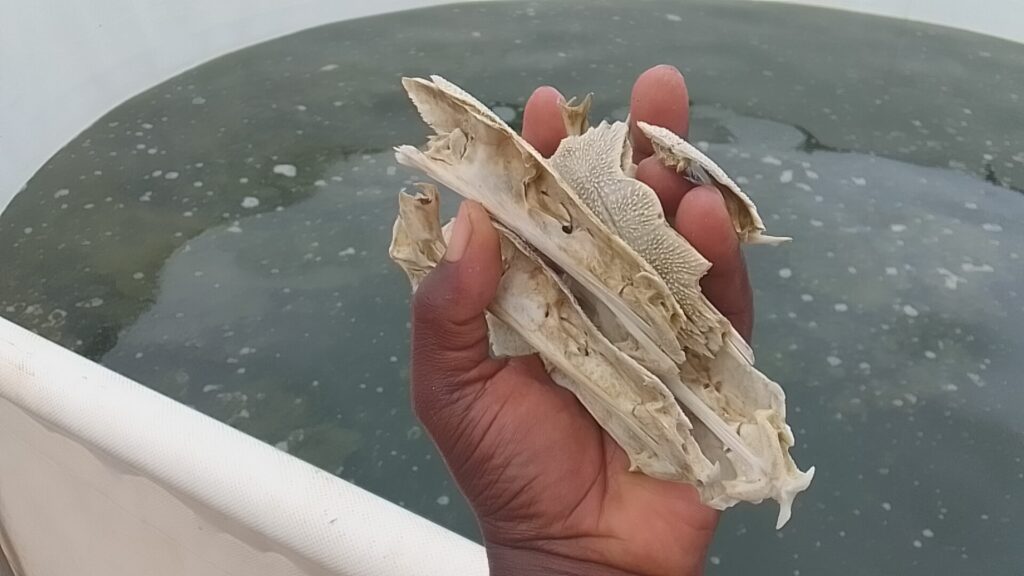
Cannibalism in farmed fish
Conclusion: Wild Fish vs Farmed Fish
To sum up, the differences between wild fish and farmed fish are vast, particularly when it comes to filtration, aeration, and feeding. Wild fish thrive in natural ecosystems that provide them with food, oxygen, and waste management. Farmed fish, on the other hand, rely on human intervention to maintain water quality, provide oxygen, and ensure they are fed properly.
While nature has perfected its system for keeping wild fish healthy, fish farmers must carefully manage their controlled environments to keep farmed fish alive and productive. This is why filtration, aeration, and feeding systems are crucial components of successful fish farming.
Understanding these differences not only helps fish farmers improve their methods but also sheds light on how natural ecosystems function and the challenges of replicating them in a controlled setting.
